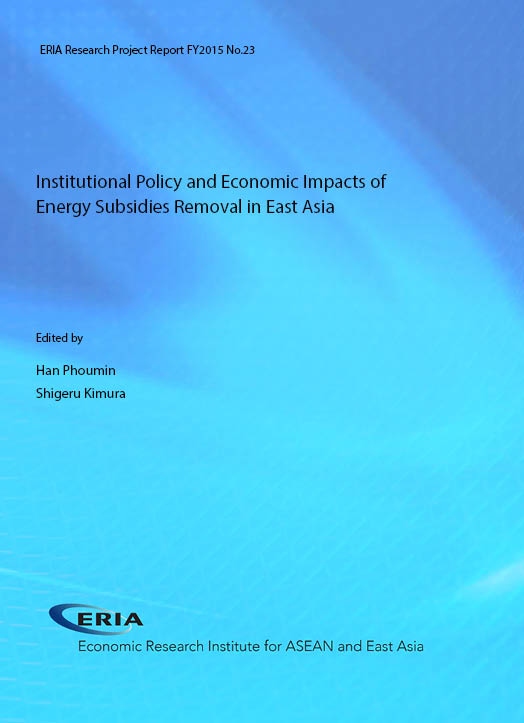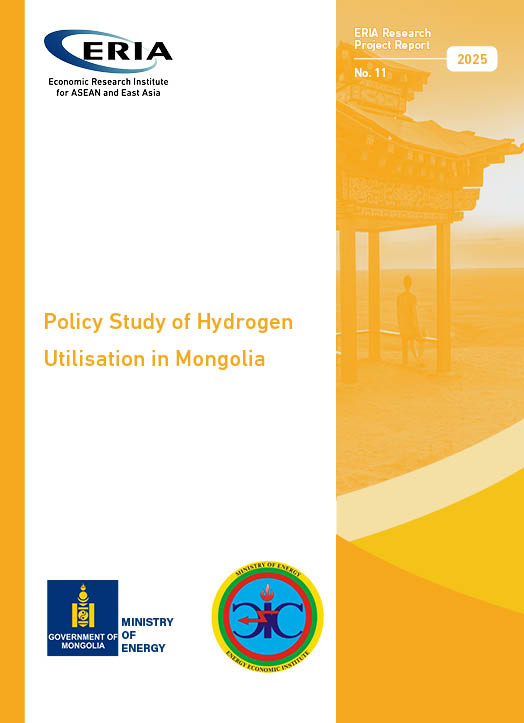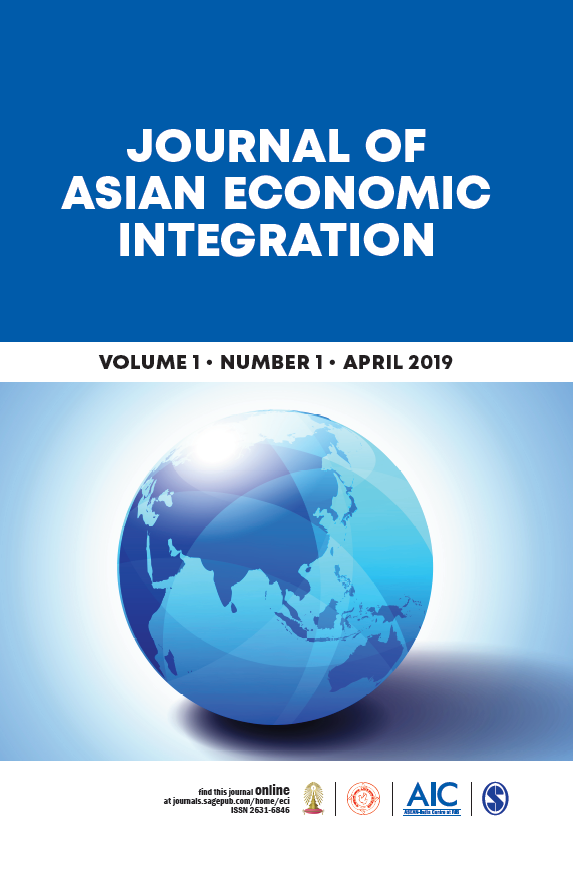Institutional Policy and Economic Impacts of Energy Subsidies Removal in East Asia

Date:
4 May 2017Category:
Energy, Regulation and GovernanceType:
Research Project ReportsTags:
Energy, East AsiaPrint Article:
This study explores the impact of energy subsidies and provides policy recommendations to gradually phase out energy subsidies in the East Asia Summit (EAS) region. Fossil fuel subsidies amounted to about $51 billion in Southeast Asia for 2012 alone (ERIA and IEA, 2013). They encourage wasteful energy use; burden government budgets; defer investment in energy infrastructure and efficient technology; and further undermine renewable energy uptake. While some ASEAN countries have taken action to remove energy subsidies, such action, which is often politically sensitive, must be accompanied by careful strategy and steps.
Energy subsidies are important if they are well targeted for people who need energy to survive and to improve their well-being. For example, fossil-fuel subsidies improve the living conditions of the poor by making fuel for cooking and heating more affordable. However, most are often blanket subsidies, which benefit the rich rather than the poor.
Blanket energy subsidies incentivise consumption and can result in increased energy demand. However, inefficient subsidies can lead to fiscal pressure, harmful emissions, and potentially undermine sustainable green growth in EAS countries.
Reduced energy subsidies will encourage more energy-efficient consumption, leading to a positive impact on international energy prices and energy security, and will make renewable energy and technologies more competitive. It further benefits the environment and society by reducing local pollution and cutting greenhouse gas emissions.
Full Report
Contents
Chapter 1. A Review of Energy Subsidy Removals and Other Energy Policy Reforms: The Case of Malaysia
Chapter 2. Economic, Social, and Environmental Impacts of Energy Subsidies: A Case Study of Malaysia
Chapter 3. Impact Analysis of Removing Petroleum Product Subsidies in Thailand
Chapter 4. An Intersectoral Assessment of the Impact of Removing Energy Subsidies in China
Chapter 5. Socio-economic Impacts of an LPG Subsidy Removal on the Household Sector in India




